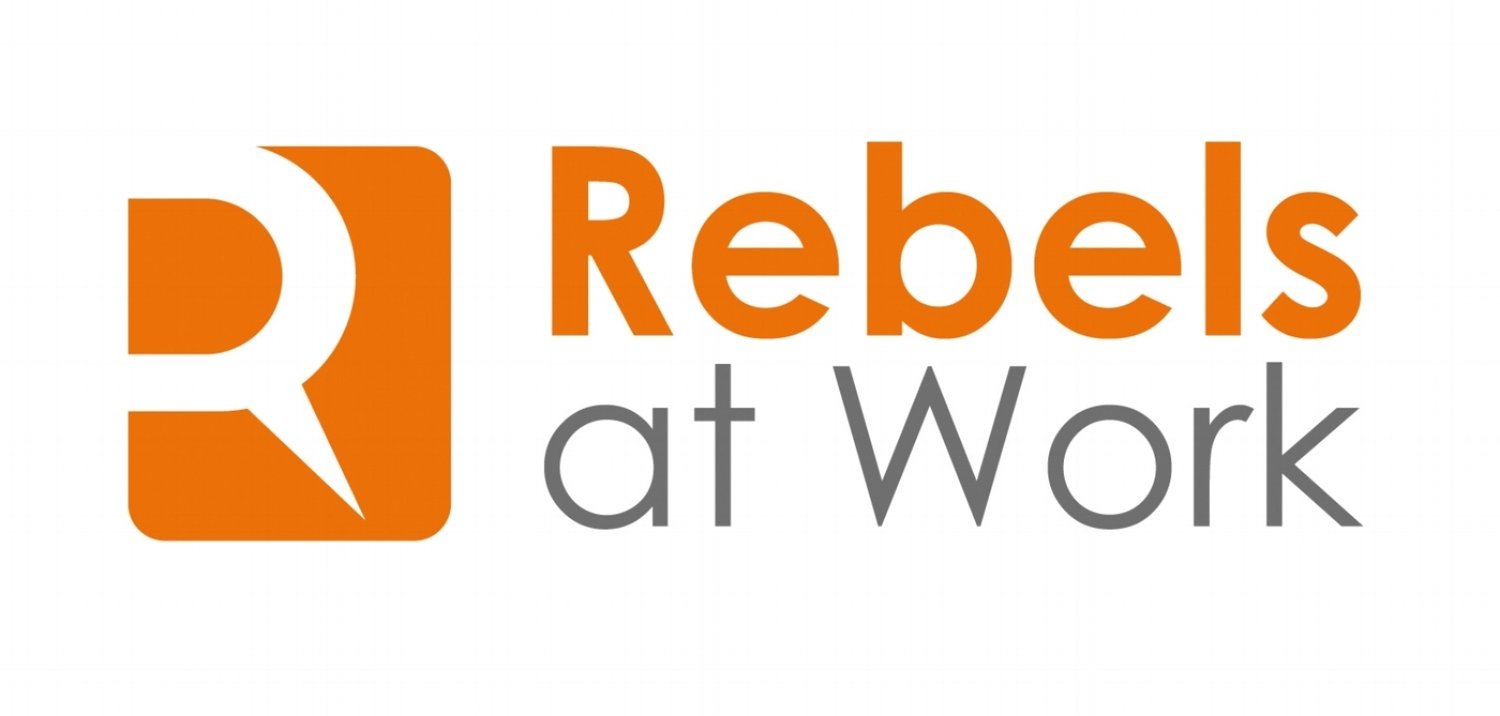 One factor distinguishes corporate cultures where creativity, trust, progress and and expedient problem solving abound. It's safe to think differently, voice ideas that challenge the status quo, bring up the elephants hanging around the conference rooms.
If the environment doesn't feel safe to employees, no amount of team-building exercises, awards for creativity, financial incentives for "employee suggestions," or expensive organizational culture and/or innovation consultants will make a difference.
One factor distinguishes corporate cultures where creativity, trust, progress and and expedient problem solving abound. It's safe to think differently, voice ideas that challenge the status quo, bring up the elephants hanging around the conference rooms.
If the environment doesn't feel safe to employees, no amount of team-building exercises, awards for creativity, financial incentives for "employee suggestions," or expensive organizational culture and/or innovation consultants will make a difference.
None.
As humans our brains are wired to perceive threats faster than our logical minds work. When we perceive these threats we retreat, just as we would run if someone were physically threatening us. (For more on this topic, check out David Rock's excellent book "Your Brain At Work.")
People are afraid to speak up at work. They're afraid they'll sound dumb, make someone upset, get in trouble with their boss, maybe even get fired. This fear not only stymies good ideas it can cause tragedy.
The story of NASA's Challenger space shuttle is legendary. People were afraid to speak the truth. And those brave engineers who did were eventually over-ruled by senior executives whose emotions were tied up around fears about "looking bad." There were no ill intentions on anyone's part. But clearly people didn't feel safe dissenting forcefully enough to stop the shuttle, and the leaders were listening to logic and not hearing in-between the lines. They didn't sense the engineers' fears and concerns. Listening to someone's words but not the feelings expressed in those words is half-listening.
11 ways to create safe organizational cultures
The challenge -- dare I say leadership 101 requirement -- is for leaders is to create the conditions for safety, model that behavior, and require all leaders to do so as well. Easier said than done. We'll dive into this in more detail in future posts, but here are 11 pragmatic ways to create safety in everyday work meetings and conversations.
- Open meetings differently: To encourage everyone to feel comfortable participating, open a meeting by going around and asking each person to comment briefly about the topic. I often ask people to share their insights and observations in a sentence or two. No one comments on what the person has said, just respectfully listens as you go around the room (or on a conference call.) Two things happen. Everyone's perspectives have already begun to be shared, even the shy types among us. By speaking and being listened to people are more likely to contribute again. It feels a bit safer already.
- Focus on what you're good at vs. problem fixation: when you convene a meeting or a brainstorm session to talk about problems, everyone comes to the table with a threatened mind-set. After all, if it's a problem, someone's responsible for it. In addition, the negative stimulates are threat brain triggers and shuts down our creative thinking. A valuable practice to learn is Appreciative Inquiry, which through a different path of questioning builds on a team or organization's strengths. To learn more about AI, check out the Appreciative Inquiry Commons, hosted by the Case Western Reserve University's Weatherhead School of Management. The book "Appreciative Inquiry: A Positive Approach to Change" provides a great snapshot of the practice and its value.
- Data vs. judging: before rushing to judge what a person is saying, stop. Consider the idea or opinion as a piece of data to be examined. Even if it makes your bile rise, there's something to be understood in why the view is making you angry. Then apply a little empathy. What's it like to be that person? Why is this important to him or her. You'll glean valuable insights by taking this approach. And you're showing people that they can express ideas without someone dismissing them or biting their heads off. (Know, too that we can send this "anger" message in our body language even if we don't verbalize disagreement.)
- Listen in between the lines for what's being felt: How people talk about something conveys more information than the words themselves. As leaders, listen for the emotion beneath the words. Acknowledge those as real and important pieces of information. Acknowledge that anger, frustration, and other types of emotion are real and part of our work. "You must be getting pretty tired and frustrated from trying to get people to buy into this. What kind of help do you need?"
- Don't let titles interfere: people are no smarter or less smart because of their title. Focus on the purpose to be achieved and listen and value everyone's ideas. Then focus on the idea -- before worrying whether Mr. Big Title will like it or not. Also invite more diverse people and thinking into meetings. Too often meetings are convened for people with the same titles. This is for directors. This is for senior vice presidents. This is for Level 4 professionals. The same groups can get stuck in a rut. Mix it up.
- Suspend certainty: This is the cousin of judging vs. data. If you make it a practice to challenge thinking and explore possibilities, it gets safe for people to think more expansively and creatively. If you don't have to be "right," you free up that pre-frontal cortex to make new connections and see previously unseen patterns. This is how insights and "aha's" happen. Certainty confines, asking us not to create art but to paint by numbers.
- Don't worry about getting through the agenda: Getting through the agenda doesn't mean the meeting succeeded. The question for all meetings is "what do we want to accomplish?" Digressing from the agenda is often the bestway to get there. I was recently leading a meeting and after the opening where everyone shared their "insights and observations" from the previous meeting, we had landed on what we needed to do next. The meeting had been scheduled for two hours. We were done in 45 minutes. The only agenda item we covered was "introductions." Yet real progress was made. Everyone felt good.
- What hasn't been said that should? This is a great question to ask at the end of a meeting. Sometimes people are sitting quietly stewing, or feeling afraid of raising a point. By inviting people to speak up, you often get to the real conversations that need to be had.
- Look at dissent as learning: When people disagree they are not being difficult. They are raising a different view. Too often our reaction is to shut them down, get back to the nice flow of agreement and gentle progress. Insights come from dissent. It's a powerful way of learning. Help make it safe for people to disagree by sharing a few agreements such as, "it's OK to challenge ideas, policies and opinions but it's not OK to attack people."
- Ask good questions. Good questions guide good conversations. Good, provocative questions and respectful listening not only create meaningful conversations, they make it safe for more people to participate in those conversations. A helpful resource is this booklet "The Art of Powerful Questions," by the brilliant folks who started The World Cafe.
- Laugh more. Nothing is more welcoming and indicative of a safe, friendly environment than hearing people laugh.
